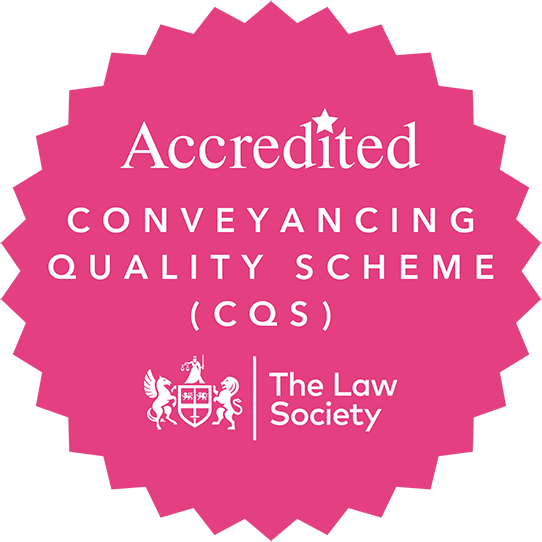
Farming and Vineyard Safety Reminder
Last year the HSE made a surprise decision to drop proactive inspections across agriculture. This was presented as a change of enforcement strategy, due to such inspections failing to impact positively on accident statistics across the sector. The decision was not well received. The CLA, for example, said this “beggars belief”. Critics pointed to HSE data for April 2023 to March 2024, showing 32 people died in farm accidents in Great Britain, including three children aged under two. Further, although agriculture only employs 1% of the UK workforce, it is responsible for 20% of workplace deaths (HSE 2023-2024).
While the HSE’s policy might have changed, the risks have not. These figures are a stark reminder of the need to continue focussing on health & safety in your business – we look at how this can be done.
Here are some example fines against farm businesses with “micro” turnovers (under £2 million):
Maurice Mason – £50,000 plus £22,000 costs – death in silo during cleaning.
Toft Partnership – £60,000 plus £29,417 costs – fatal roof fall. The farm manger involved was responsible for health & safety, but his employer should have done more to raise awareness of safe working practices.
Lincoln Proteins – £66,000 plus £25,286 costs – fatal entrapment between vehicles (£8m turnover).
In medium turnover businesses (£10-£50 million) the fines go up;
WL Duffield – £50,000 plus costs after worker lost finger in valve with missing cover (£40m turnover).
Courts look at culpability. There is a huge difference in fines for “low” or “high” culpability, especially when you get to medium turnover where the starting point fine is £130,000 for “low” and jumps to £950,000 for “high”. Businesses must therefore eliminate the high culpability behaviours for example:
- • Ignoring standards
- • Breaches over a long period of time
- • “Systemic” failings.
And demonstrate the “low” ones:
- • H&S procedures exist and are followed
- • Recommendations are implemented
- • Near misses and breaches are picked up and lessons learned.
To achieve this, a good start is to refresh the H&S Policy, which businesses are required to have by law. Check it is fit for purpose. Make sure it says who does what and includes regular reviews. The HSE will be unimpressed if not, as a policy is no good without living, practical systems for implementing H&S on the ground and that means managing it just like anything else in your business.
See Managing for Health and Safety (HSG65) and Leading Health and Safety at work (INDG417) (rev 1) and the Farm Safety Foundation website. These will help:
- • Identify risks and training needs.
- • Ensure requirements like first aid training or reporting of injuries under RIDDOR 2013 are not overlooked.
- • Plan what you and your team would do in the event of an incident.
Such measures will reduce your exposure to the demoralising, costly, time consuming and sometimes tragic consequences of an accident at work and to lesser, but still troublesome consequences like an HSE Fee for Intervention, or an Improvement or Prohibition Notice, even where there hasn’t been an accident.
On a positive note, good H&S management is shown to improve profits and productivity and there is evidence to show employees work harder for an employer who invests in their health.
For H&S compliance issues, we can help point you to independent H&S consultants and resources. If you face enforcement or investigation early legal advice is important and we can help.
Andrew Clarke can be contacted at a.clarke@gullands.com

 Close Menu
Close Menu




















